PBL: How do humans and natural events affect the environment, and how can we restore balance to the ecosystem?
|
MIT Videos: http://www.pbslearningmedia.org/search/?q=&selected_facets=supplemental_curriculum_hierarchy_nodes%3A428&selected_facets=grades_exact%3A5&selected_facets=media_type_exact%3AVideo
PBL: How do humans and natural events affect the environment, and how can we restore balance to the ecosystem?
0 Comments
Classroom Discussion:
Let's Play a Game:
Investigation: Set up decomposition cups to discover what effect worms will have on the decomposition of plant remains over approximately five days. Looking at our materials, how should we set up our experiment to explain that earthworms decompose the matter in nature's waste? What will be our specific procedure? Follow the procedure outlined on the Decomposition Cups Lab sheet. Why do you think one cup has worms in it and one cup doesn't? Directions:
Read about Earthworms to understand what makes composting worms different from other earthworms.
Complete this Mystery Science activity and then watch the video!
Videos: Learn about Dung Beetles by watching this video. Then, answer these questions in your blog post:
Read about Beetles (scroll down) and answer this question in your blog post:
Learn about Carrion Beetles by watching this video. Then, answer these questions in your blog post:
Read about Beetles (scroll down) and answer this question in your blog post:
Using Explain Everything, Google Drawing, ThingLink, or another web tool, create a video that shows you drawing and labeling a model of how dung beetles or carrion beetles move matter in an ecosystem, including how they feed on matter and how that matter is broken into smaller pieces. Upload that video to YouTube and embed the video on your blog post.
Class Discussion:
Read about Fungi and Bacteria. While doing so, draw a model that explains how fungi and bacteria move matter in an ecosystem, including how they feed on matter and how that matter is broken down.
Reading: "Nature's Waste Isn't Wasted."
Investigation: Each group needs one "Mystery Bag" and a piece of newspaper. Spread the newspaper out on one desk, open the bag, and dump its contents onto the newspaper. Examine the materials from the bag. What questions do you have about the items?
Next, do this activity.
Investigation:
Begin your experiment NOW! Take a picture of your item today. If your item will remain visible, take pictures of it throughout the next couple weeks. When the investigation is over, take one final picture and place them all on this blog post.
Do the same for another favorite food of yours. Choose five total ingredients to break down. Use MindMup or another flow chart tool to show your breakdown visually (include pictures if you have time). Record your breakdown in your blog post.
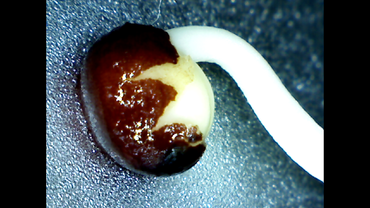 A seed that has germinated. A seed that has germinated. Blog Post: Today, we're going to set up an experiment to compare plants grown in different soil types (this may be done differently than the following directions). We are going to try to grow some plants in organic material (potting soil with worm castings) and some in inorganic material (perlite). Create the following chart in a blog entry. Type everything that we put on the board into the chart. You will eventually choose one item from each column to do an experiment on!
What are some things we can collect data on while growing seeds in different types of soil? (Put answers into the 2nd column in your blog post.) (Don't look at the answers after the "Read More" break, just make sure you talk about all of them):

When you are finished with your blog post, visit this website.
Time to take a quick Check-In Quiz! Let's see what you've learned so far! Click here. Type in our Room Number: When you finish the quiz, check this page out OR check this one out (you need to sign in to BrainPop).
Whole-Class Discussion: Think back to our Ecosystem Walk from the last lesson.
In this lesson, you will focus on just one survival need - FOOD!
Food is the matter and energy that animals use to live and to grow.
Every day that we do "Ecosystems," we will need to sign in to Science Companion Prime to see if we have any new assignments. Today, you should find three new links. The last one is a Glossary of all the vocabulary terms for the unit. Take screen shots of the ones we talk about today, and put them into your blog post for today's lesson. Watch this short video from BrainPop on Ecosystems. Look at the photographs above. Let's try to list as many of the interactions that are happening in this ecosystem as we can. Think about the different organisms that are living in this ecosystem and try to think about everything that happens to that organism and everything that organism does. List them in the chart below. I'll help you get started:
"Interactions" are encounters that an organism might have with any other living or non-living thing. Let's focus on interactions that allow the organism to live and thrive.
Lake Ecosystem INTERACTIONS
When you think you have ALL of the interactions for the duck, go on to the fish and do the same within the chart.
Lesson Planner (Units, Lessons, Big Ideas, Number of Periods):This one is kind of small, so you might want to click on the ones below to enlarge them: All of the 5th Grade NGSS Standards Sorted by Unit (as far as I can tell): |
EcosystemsA new science unit that combines ideas from Matter, Energy, Food Chains, Biomes, Ecosystems, Plants, and Animals. Archives
July 2016
Categories |
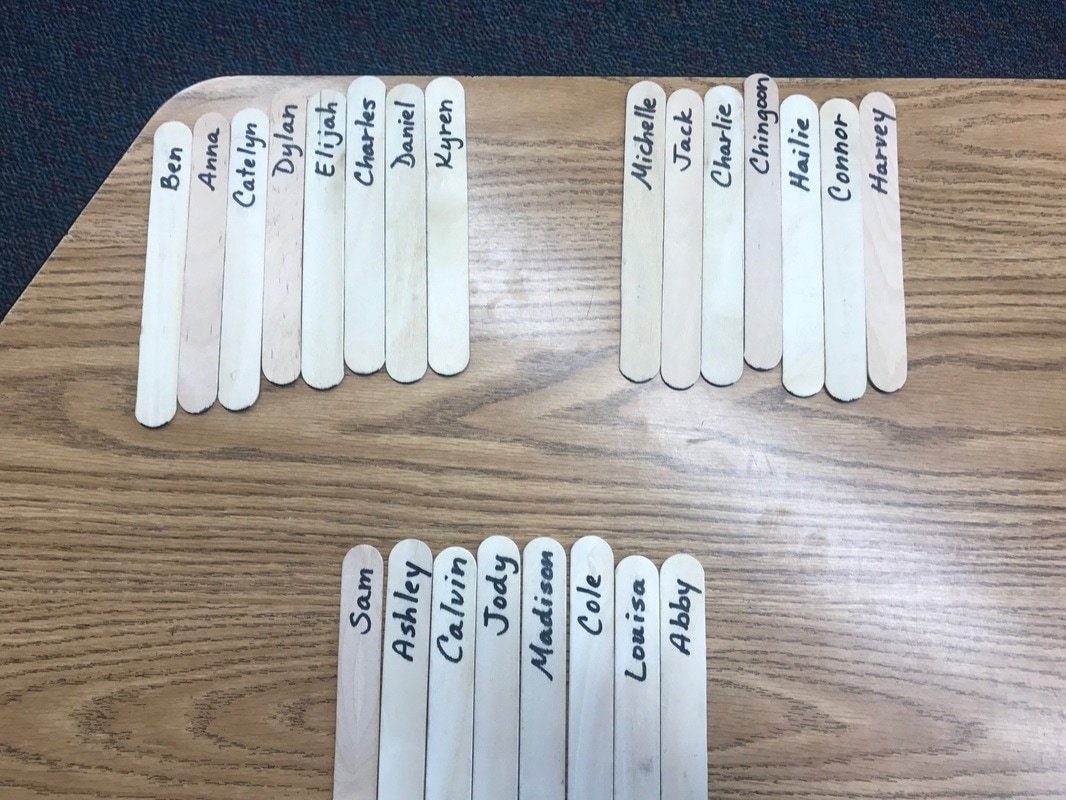
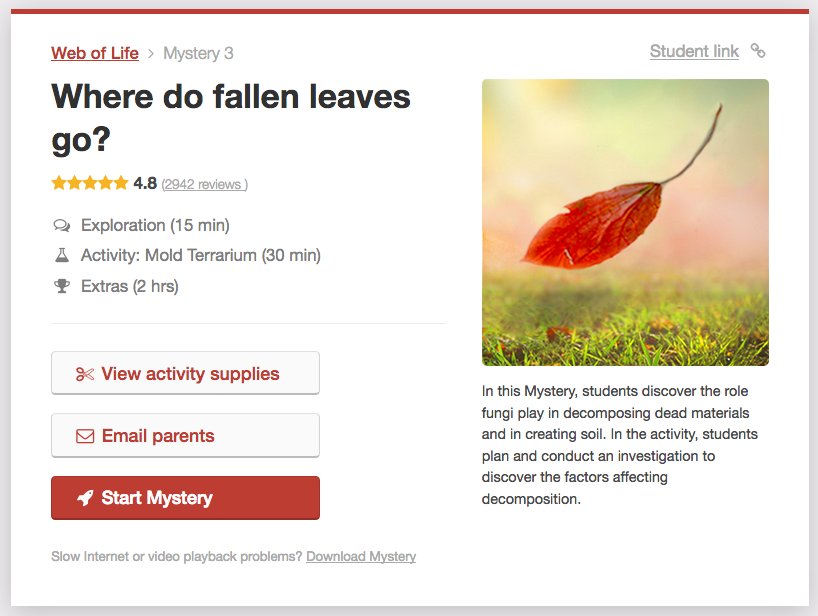
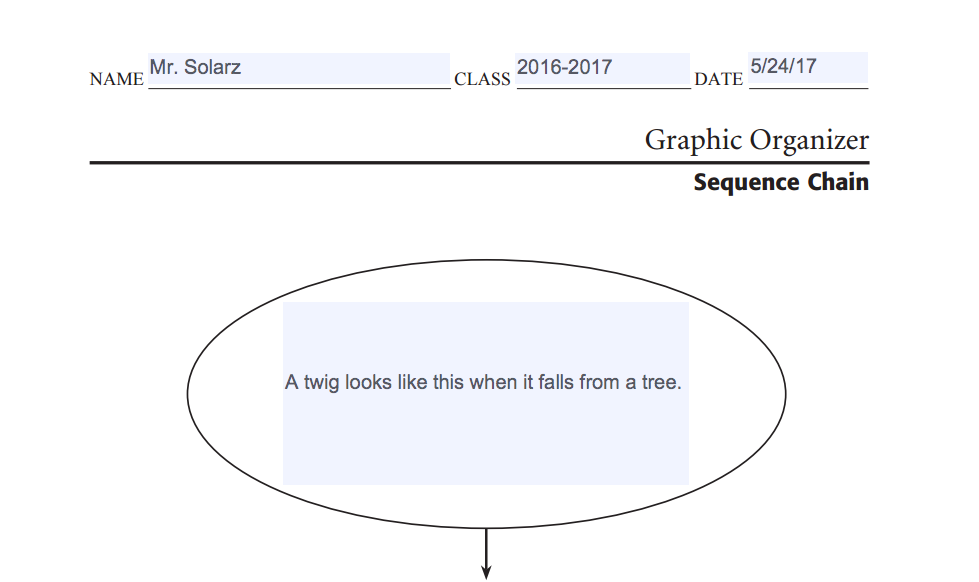
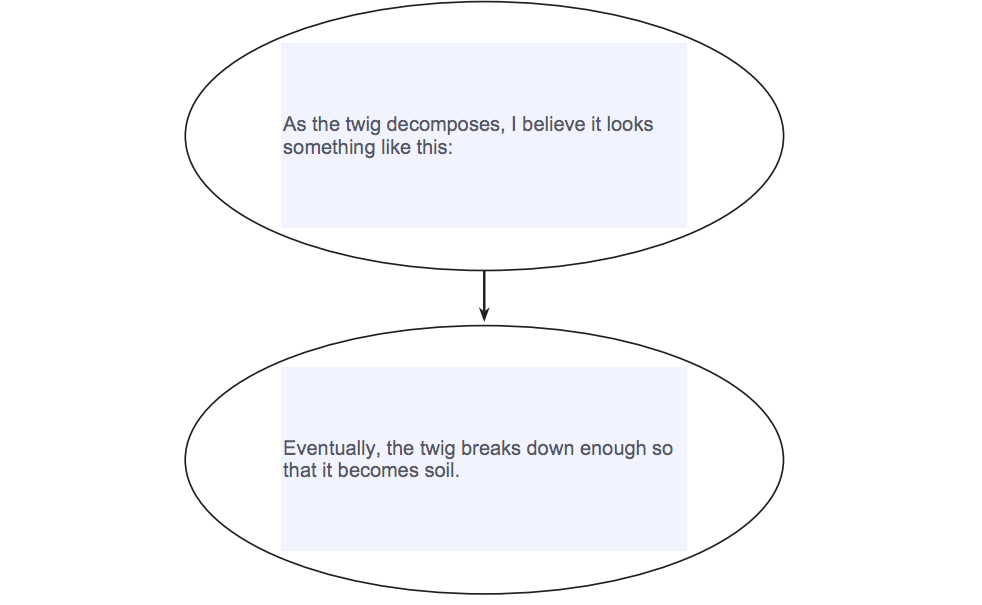
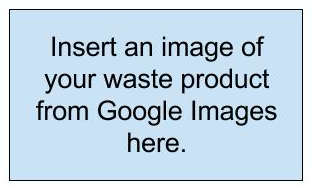

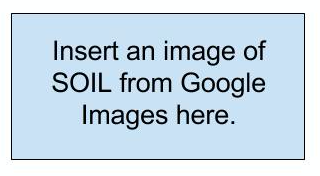
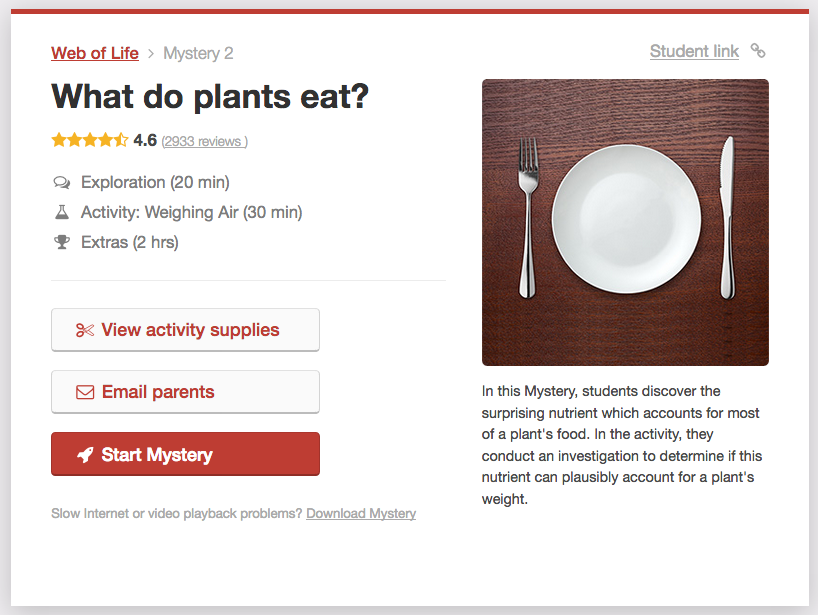
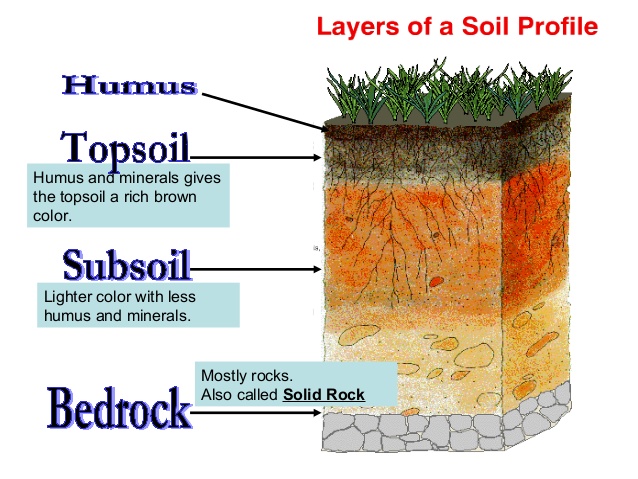

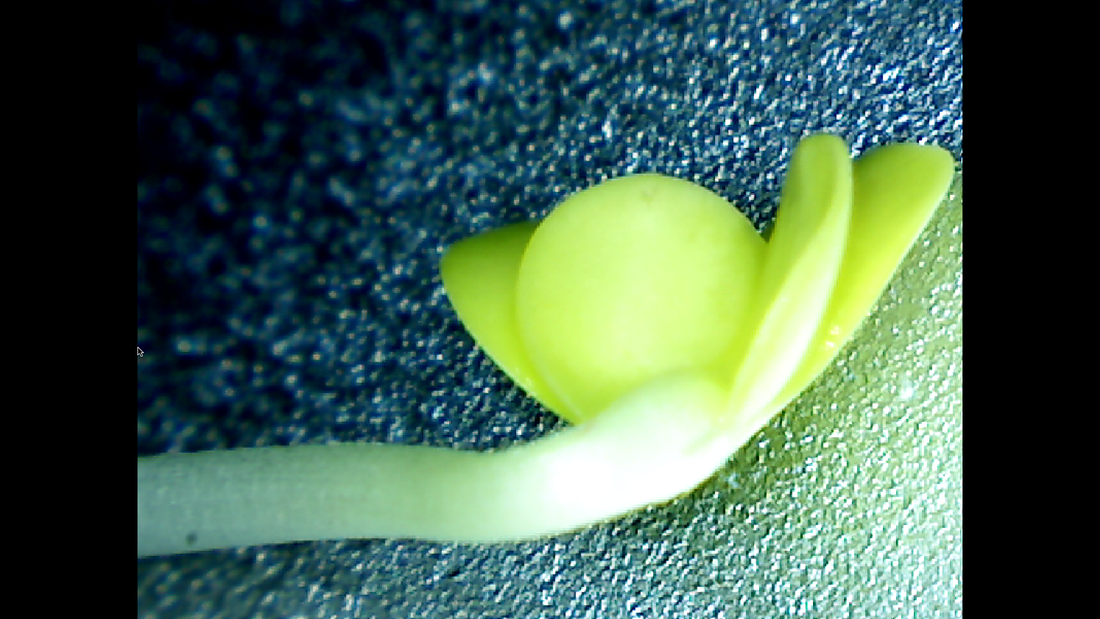
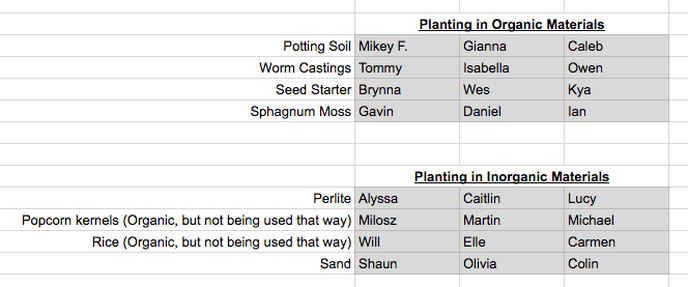
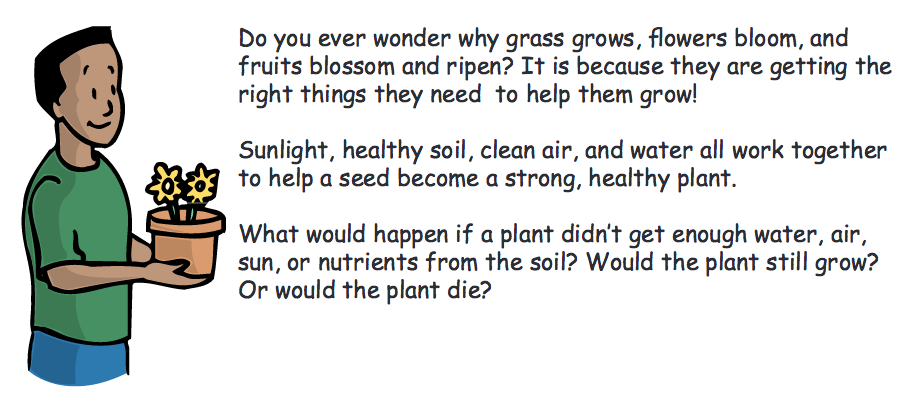
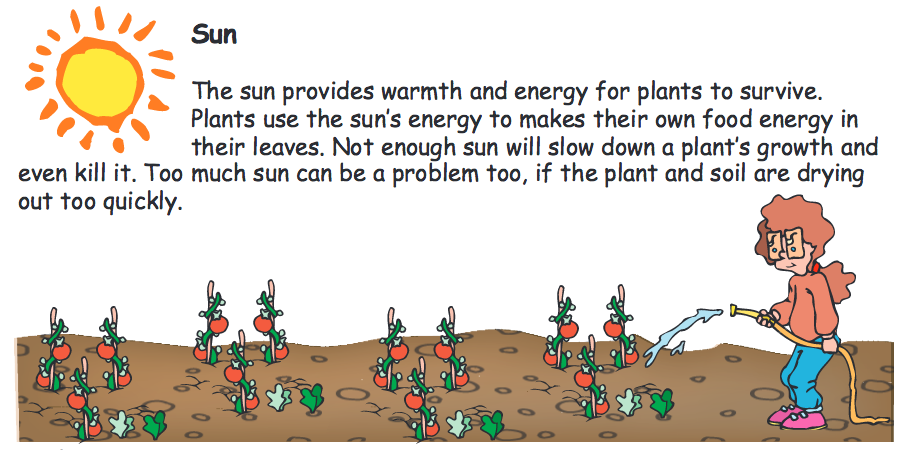
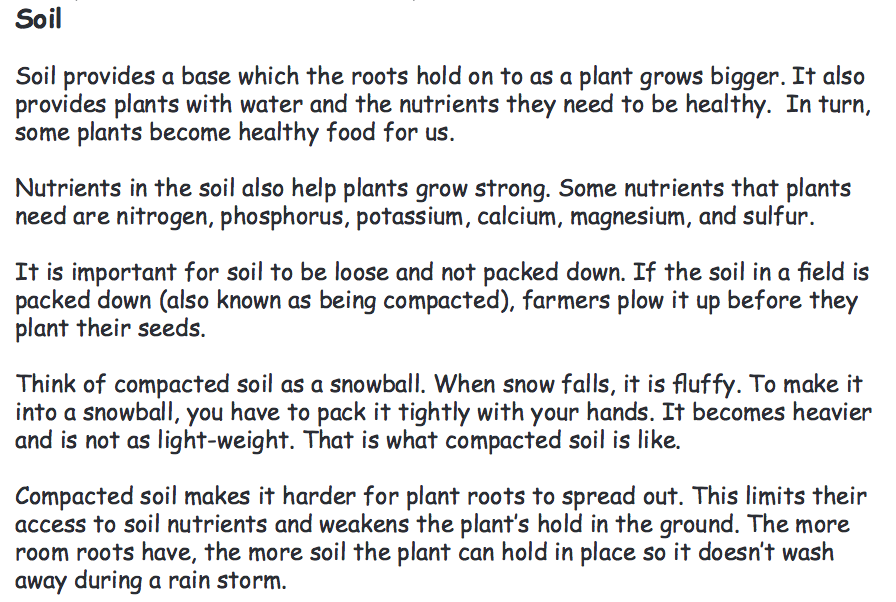
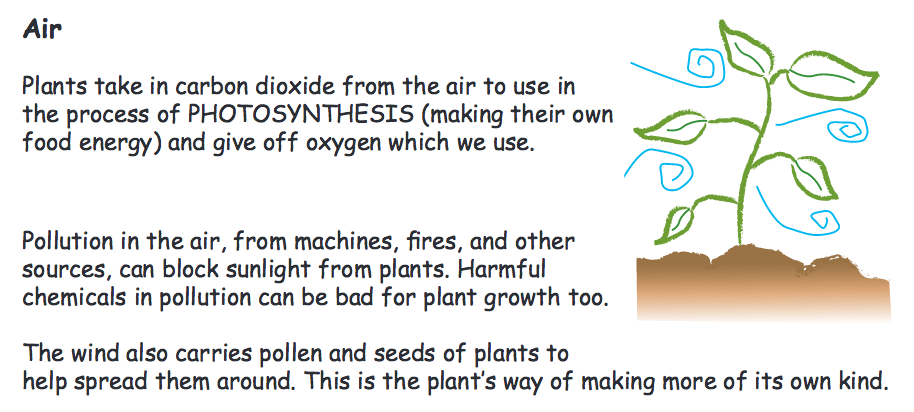
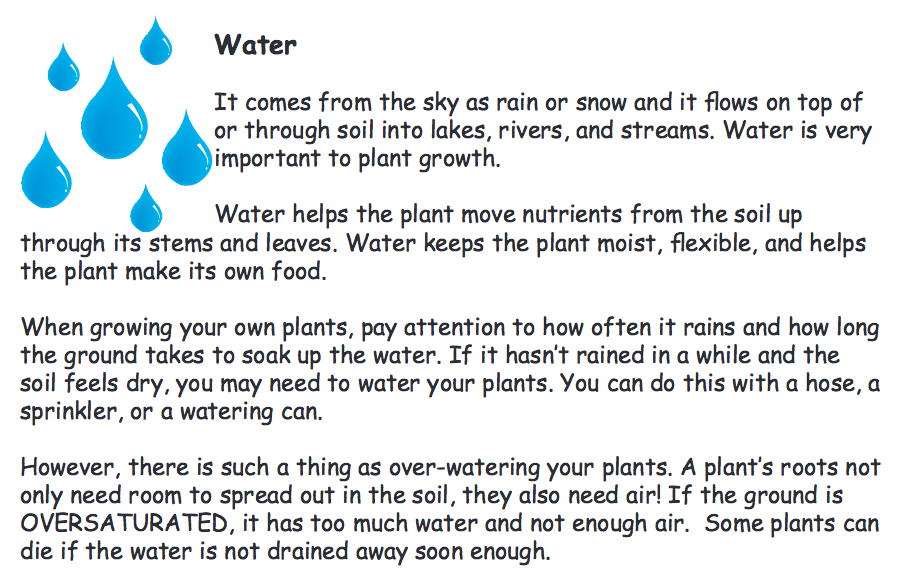
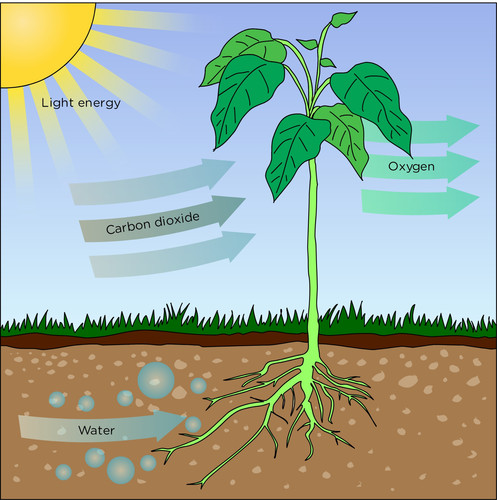
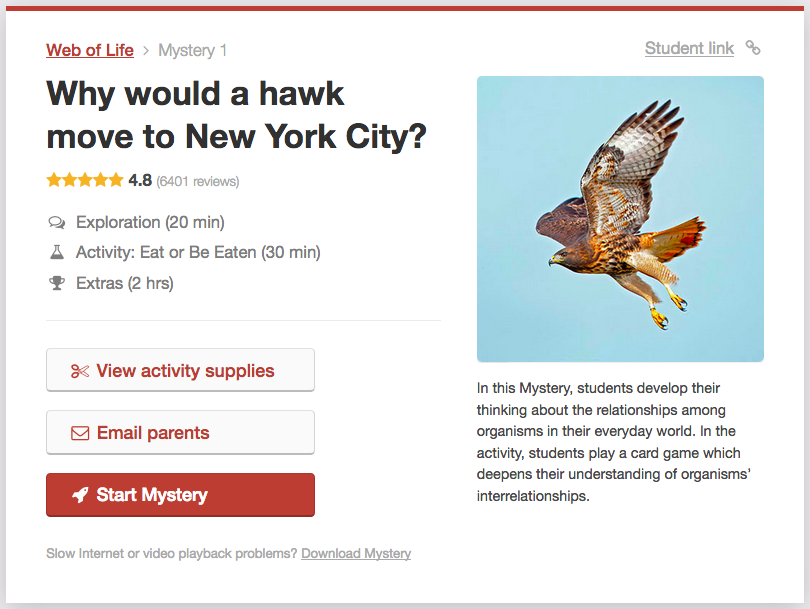
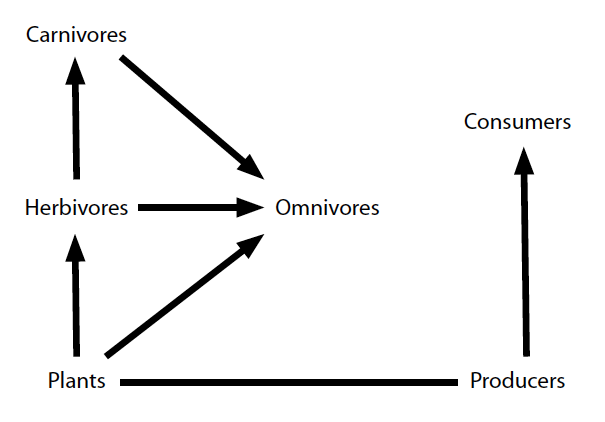
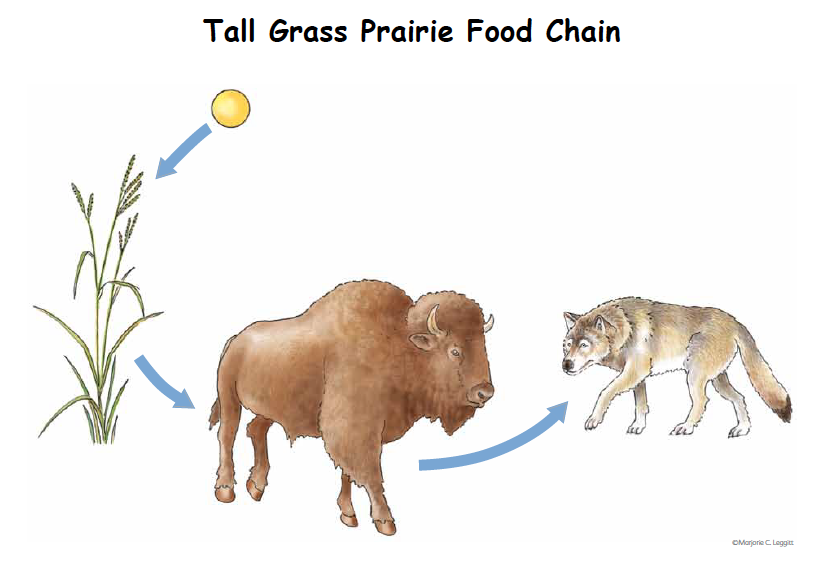
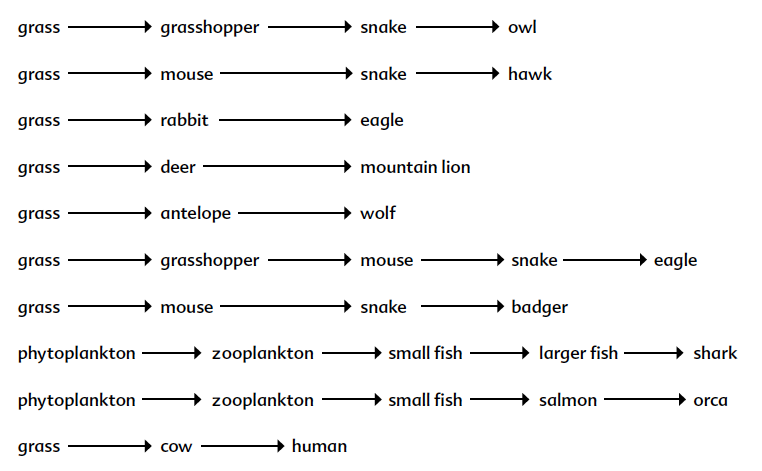

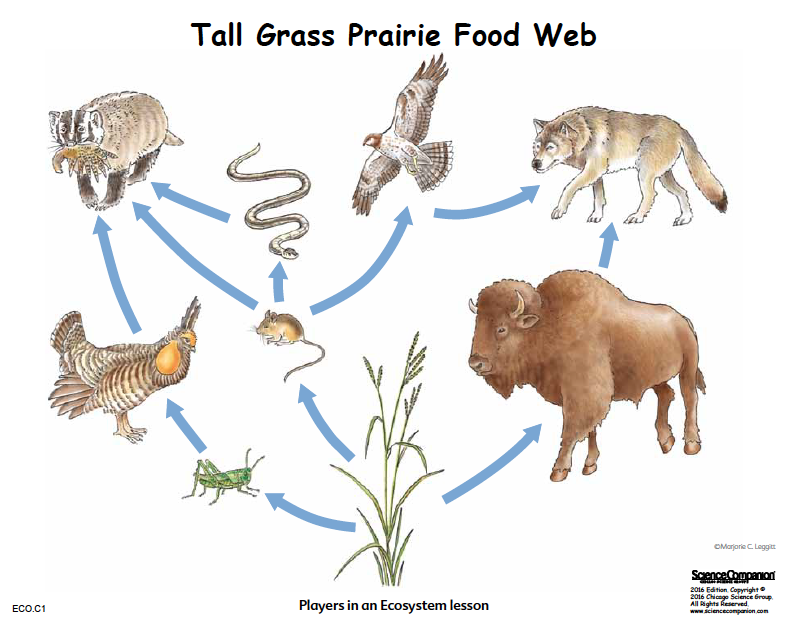

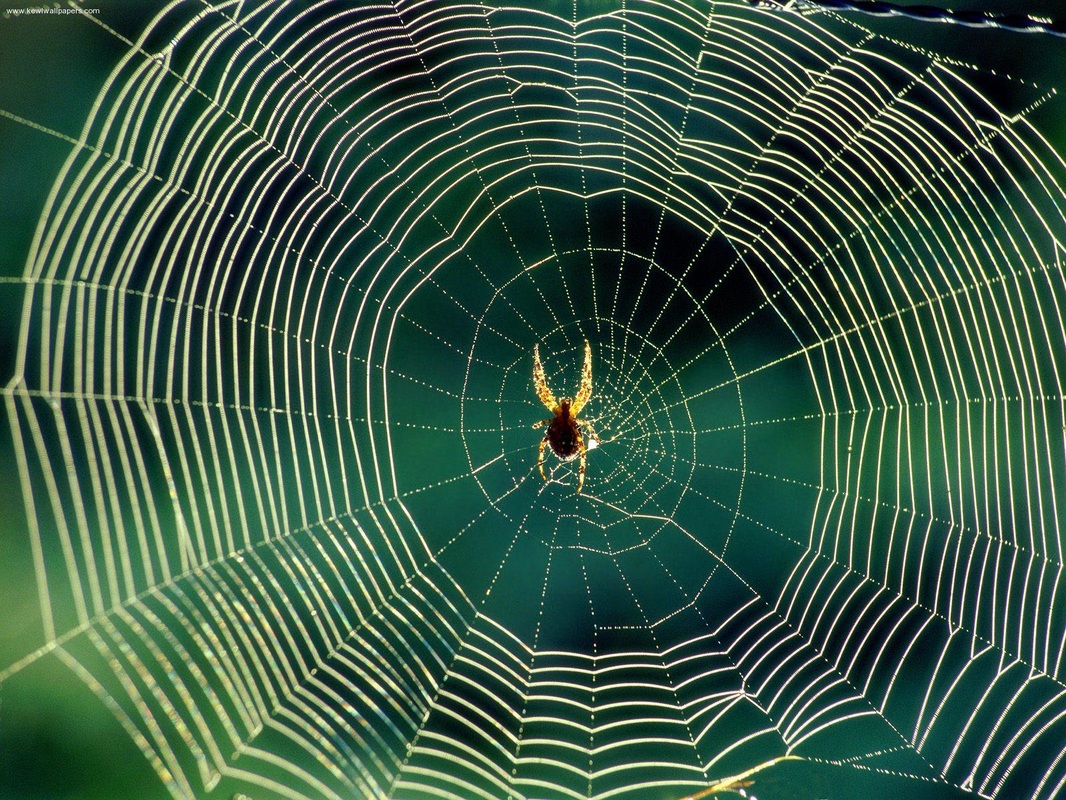
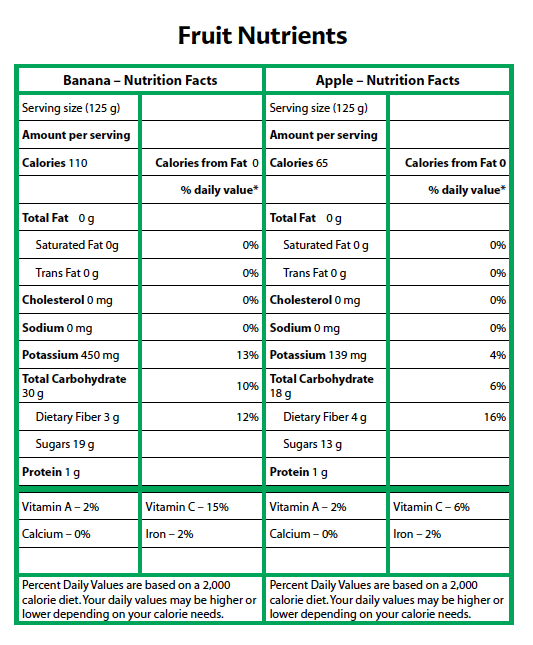
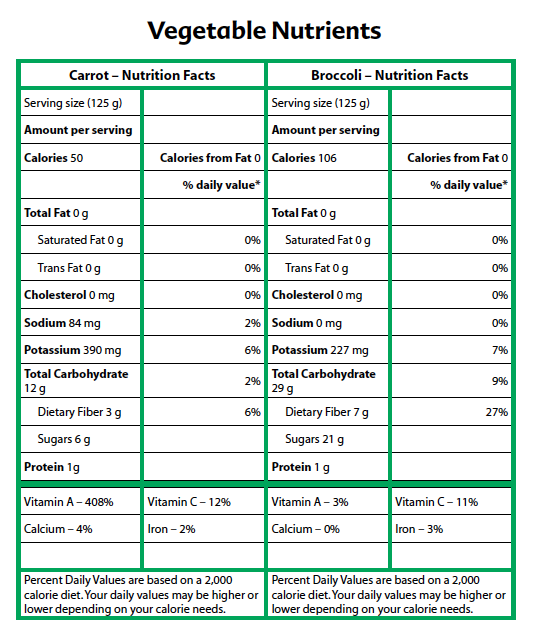
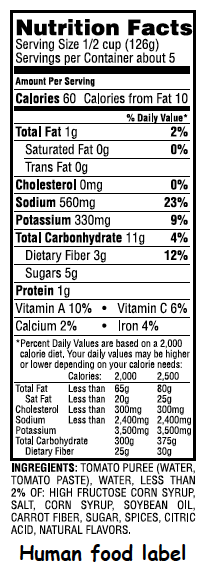
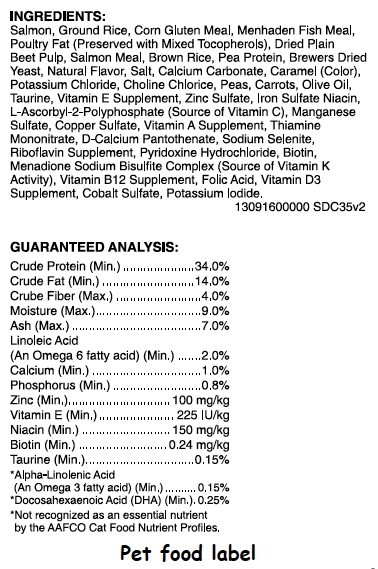
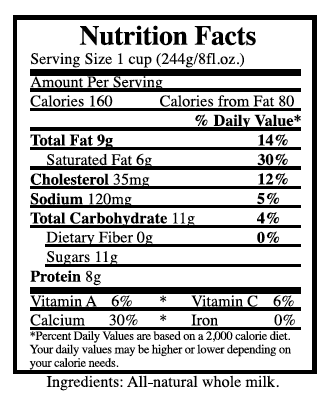
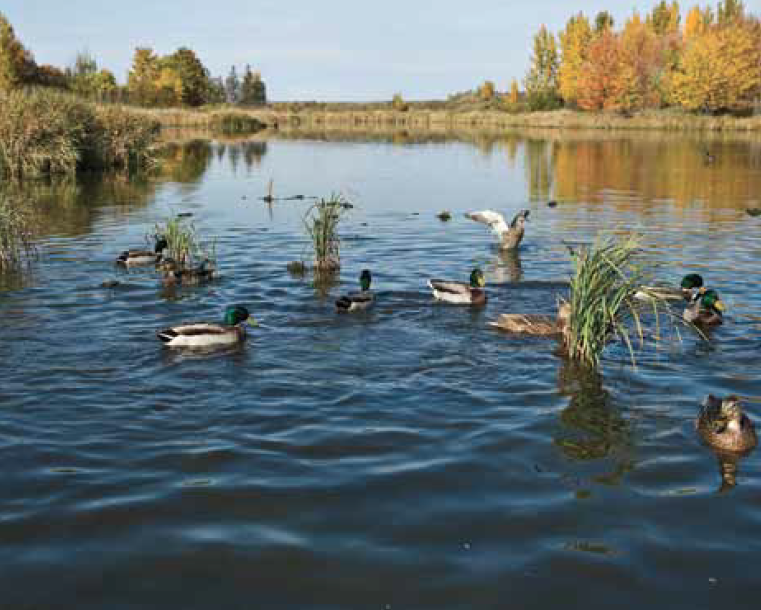
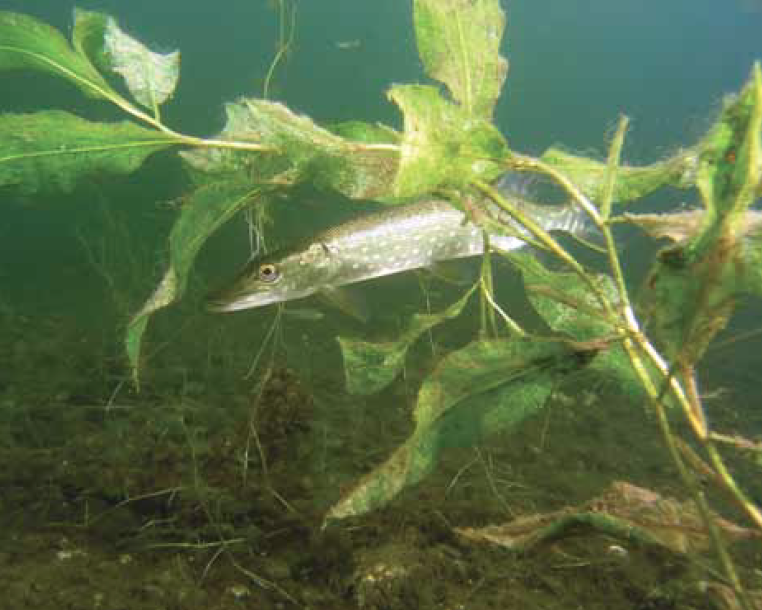
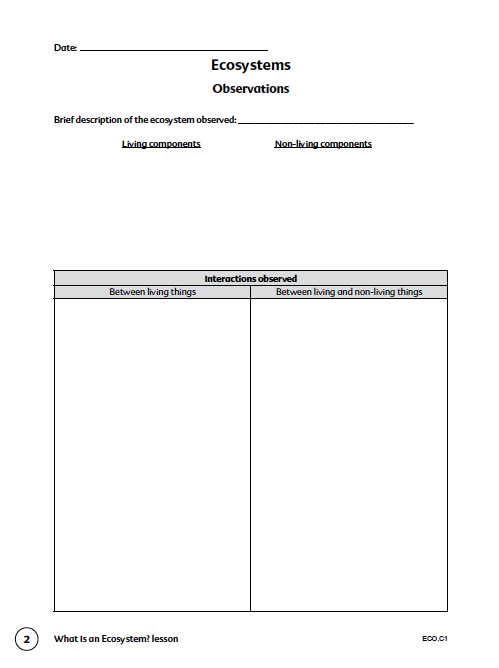
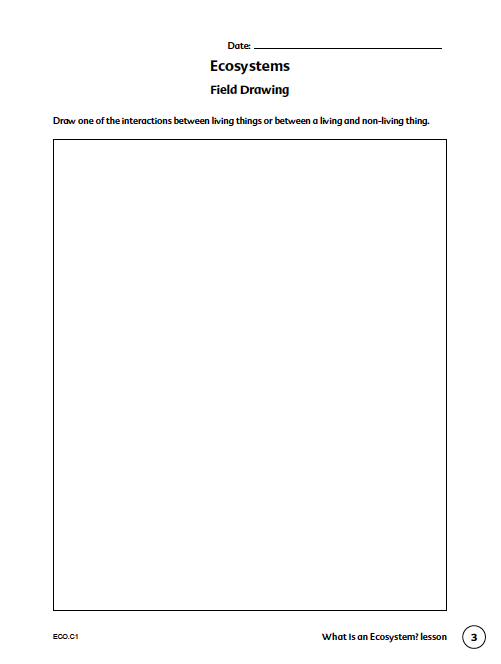
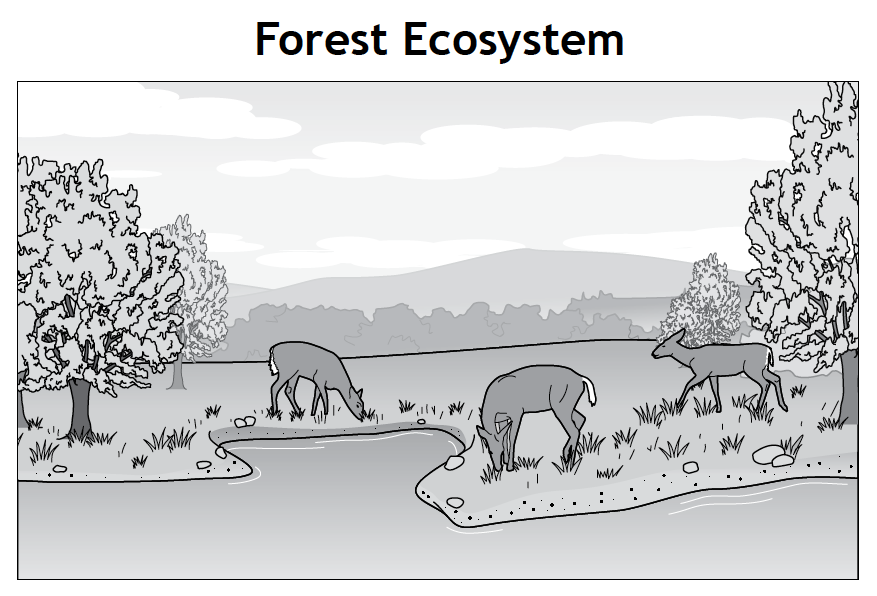
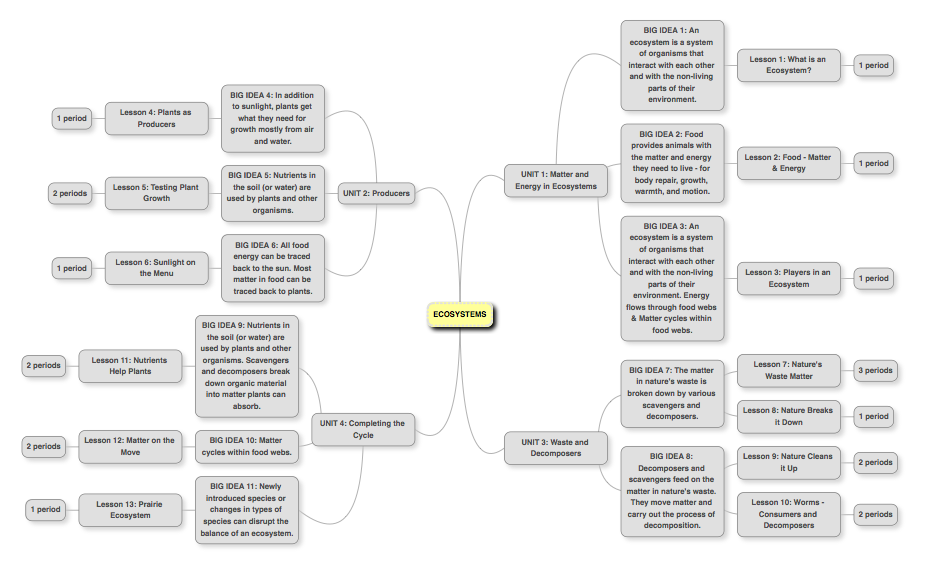
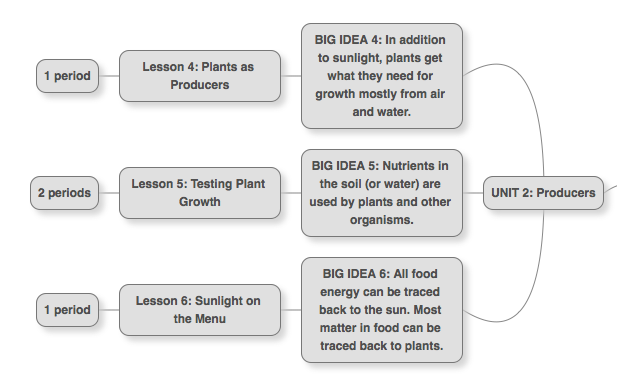
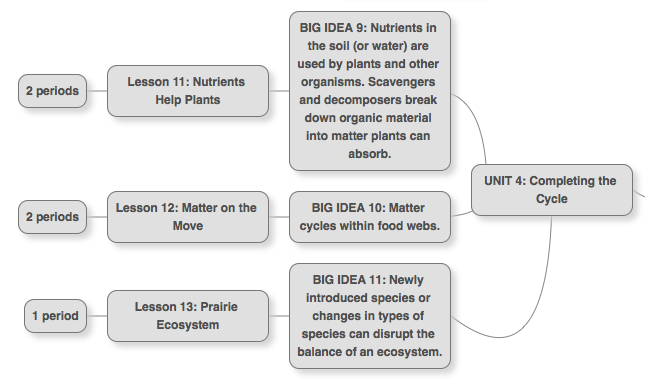
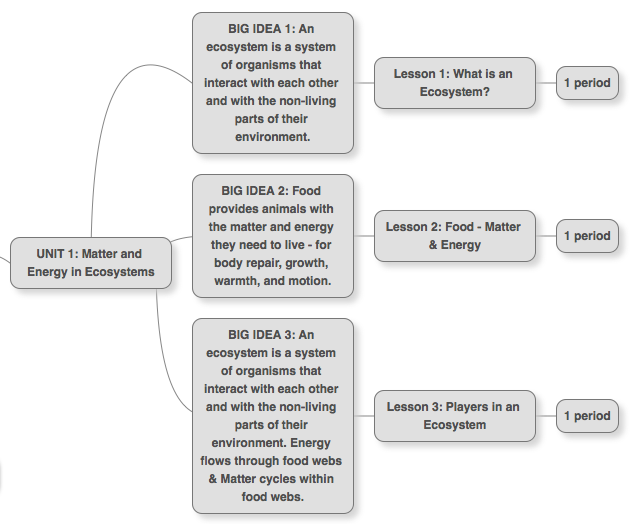
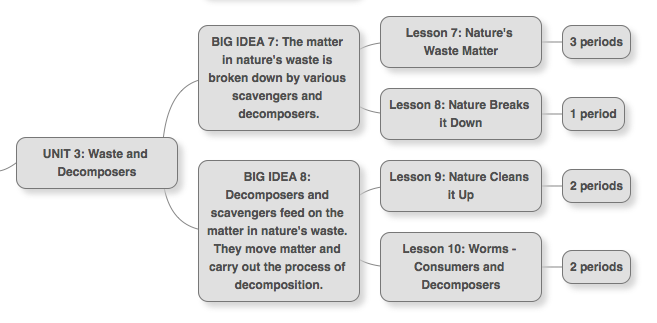
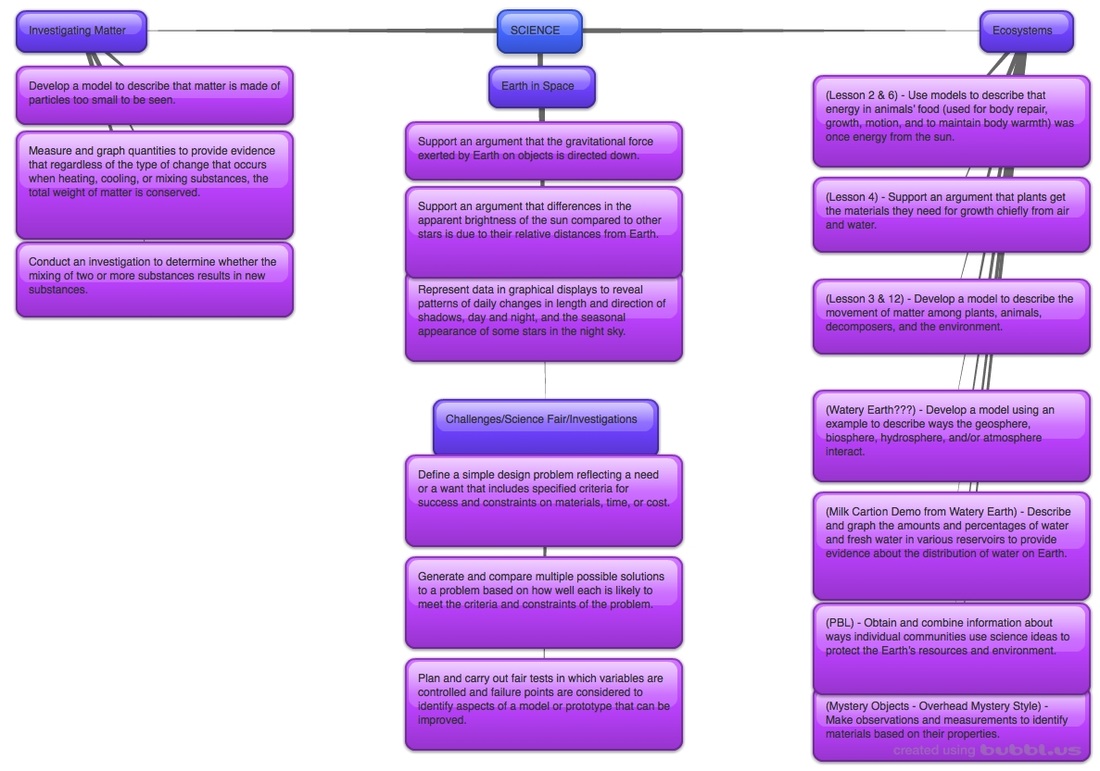
 RSS Feed
RSS Feed
